Dr. Apurva Satish Amarnath helps a couple with Azoospermia conceive with their biological child
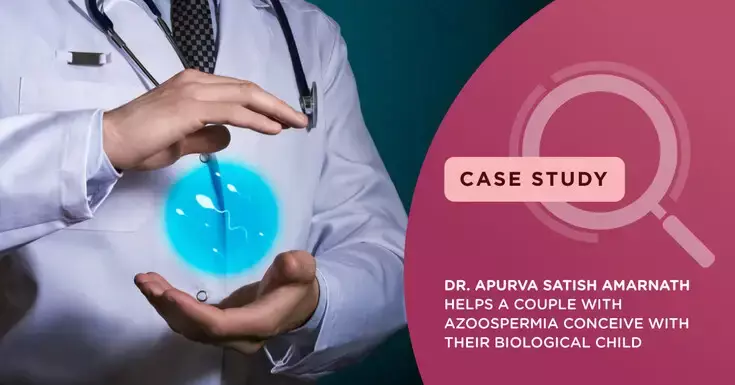
A couple, Mrs Jyothi 28 years and Mr Karan 34 years walked into Nova IVF Fertility Bangalore, Kammanhalli clinic. Upon discussing the case, Dr Apurva Satish Amarnath found that they had been trying for a child for more than ten years of their married life. They had also undergone various treatments in other clinics but could not obtain the desired outcome of conceiving.
The very long wait had resulted in much anguish. Based on their discussions with other couple friend and online search, they came to know about Nova’s success stories and visited our Bangalore clinic to consult Dr Apurva who is one of the top IVF specialists in Bangalore.
Case history and way forward
The couple was evaluated with the basic blood as well as other tests for infertility assessment. All investigations of Mrs Jyothi revealed totally normal conditions. When the husband’s semen was tested, the ejaculate, however, showed no sperms.
USG of the scrotum and a few hormone tests were also performed. USG indicated that he was suffering from non-obstructive Azoospermia, and the hormone test reports had come normal.
It looked like a case of normal sperm production in the testis; however, sperms were absent in ejaculate. Testis biopsies have often shown the presence of sperm in such cases.
Understanding Azoospermia
A complete absence of sperm in the ejaculate is called Azoospermia. Azoospermia could be due to an obstruction and thus is called obstructive Azoospermia or due to abnormal sperm production and called non-obstructive Azoospermia.
Genetic abnormalities, hormonal imbalances, radiation and toxins, medications, varicocele are some of the various causes that may result in non-obstructive Azoospermia.
Hormone therapy is helpful to treat hormone deficiencies in men with non-obstructive Azoospermia due to hormonal issues. Avoidance of toxins and adjusting medications may also help improve sperm count, in some.
Advice offered at Nova IVF Fertility, Bangalore
The tests of the wife were normal, and despite the missing sperm in the semen, the husband’s hormone analysis had come normal; hence all possible options were discussed with the couple. The couple were keen to use their own gametes for their fertility treatment. Hence, Dr Apurva and team advised them for IVF / ICSI with Testicular Sperm Aspiration (TESA).
Understanding IVF-ICSI
IVF underwent by a patient post an ICSI cycle is called an IVF ICSI cycle.
Intracytoplasmic Sperm Injection or ICSI is a superior fertility micromanipulation technique used in IVF treatments. Instead of allowing the sperm to fertilise the egg in a petri dish naturally, the embryologist injects a healthy sperm, into the cytoplasm of an egg, using a fine glass needle, in a laboratory. This results in fertilisation.
The ICSI procedure is used in assisted reproductive techniques, mostly where sperm may have lower motility. Since the sperm do not need to travel into the ova, their poor motility can be bypassed and does not have any impact on the IVF treatment outcomes.
The ICSI procedure produces embryosthat are subsequently planted in the uterine cavity once the endometrium is ready. Thus, ICSI is an assisted reproductive technique that increases the chances of pregnancy.
TESA as a Fertility treatment for Non-Obstructive Azoospermia
Men with sperm production issues earlier had only the option of adoption or of using donor sperm. However, assisted reproductive technique TESA is a huge help in such cases. In TESA, the sperms are retrieved from the testis by inserting a needle into the testis and aspirating fluid and tissue using negative pressure. TESE is generally performed under local or general anaesthesia.
While testicular sperm have lower motility, they can comfortably be used for intracytoplasmic sperm injection, ICSI during IVF.
Nova IVF Fertility treatment outcomes & the journey towards conceiving
Mrs Jyothi underwent a frozen embryo transfer or FET and 2 of the blastocysts that were totally healthy were implanted into her healthy uterus.
After a few days, the beta HCG test was performed, and it revealed pregnancy. The couple were overjoyed to have conceived and what a joy this was because of this involved pregnancy with their own sperm!! And this was indeed a moment to be celebrated and be grateful about, because our expert team of IVF specialists at Nova IVF Fertility, Kammanahalli Bangalore had guided and helped the patient conceive with their own sperm, which was not detected, otherwise.
Frozen Embryo Transfer (FET)
Assisted reproductive technology procedure in which a previously frozen embryo is thawed and subsequently transferred into an appropriately prepared uterus in order to conceive, is called a Frozen embryo transfer, or FET.
Embryos that are not directly transferred during an IVF cycle, but cryopreserved or frozen are called Frozen embryos. Mostly the best embryos that survive the freezing and thawing cycle and are of good quality are implanted in the uterus. This process of Freezing the subsequently thawing the frozen embryo and transplanting in the uterine cavity is called FET, Frozen Embryo Transplant. Generally, this cryopreservation is used when the uterine wall is not adequately ready and helps give more time for uterine readiness. It also helps us understand the chances of survival and utilise the best embryos for the uterine implant.
 Infertility Counselling
Infertility Counselling Female Infertility Treatment
Female Infertility Treatment Andrology Treatment
Andrology Treatment Fertility Enhancing Surgeries - Female
Fertility Enhancing Surgeries - Female Fertility Enhancing Surgeries - Male
Fertility Enhancing Surgeries - Male Endoscopy Treatment
Endoscopy Treatment IUI Treatment
IUI Treatment IVF Treatment
IVF Treatment ICSI Treatment
ICSI Treatment Advanced IVF Solutions
Advanced IVF Solutions Embryology
Embryology Vitrification Egg, Embryo, Sperm Freezing
Vitrification Egg, Embryo, Sperm Freezing Preimplantation Genetic Testing (PGT)
Preimplantation Genetic Testing (PGT) Donation Program Embryo / Egg / Sperm
Donation Program Embryo / Egg / Sperm Self-cycleTM IVF
Self-cycleTM IVF

 Self-cycleTM IVF
Self-cycleTM IVF


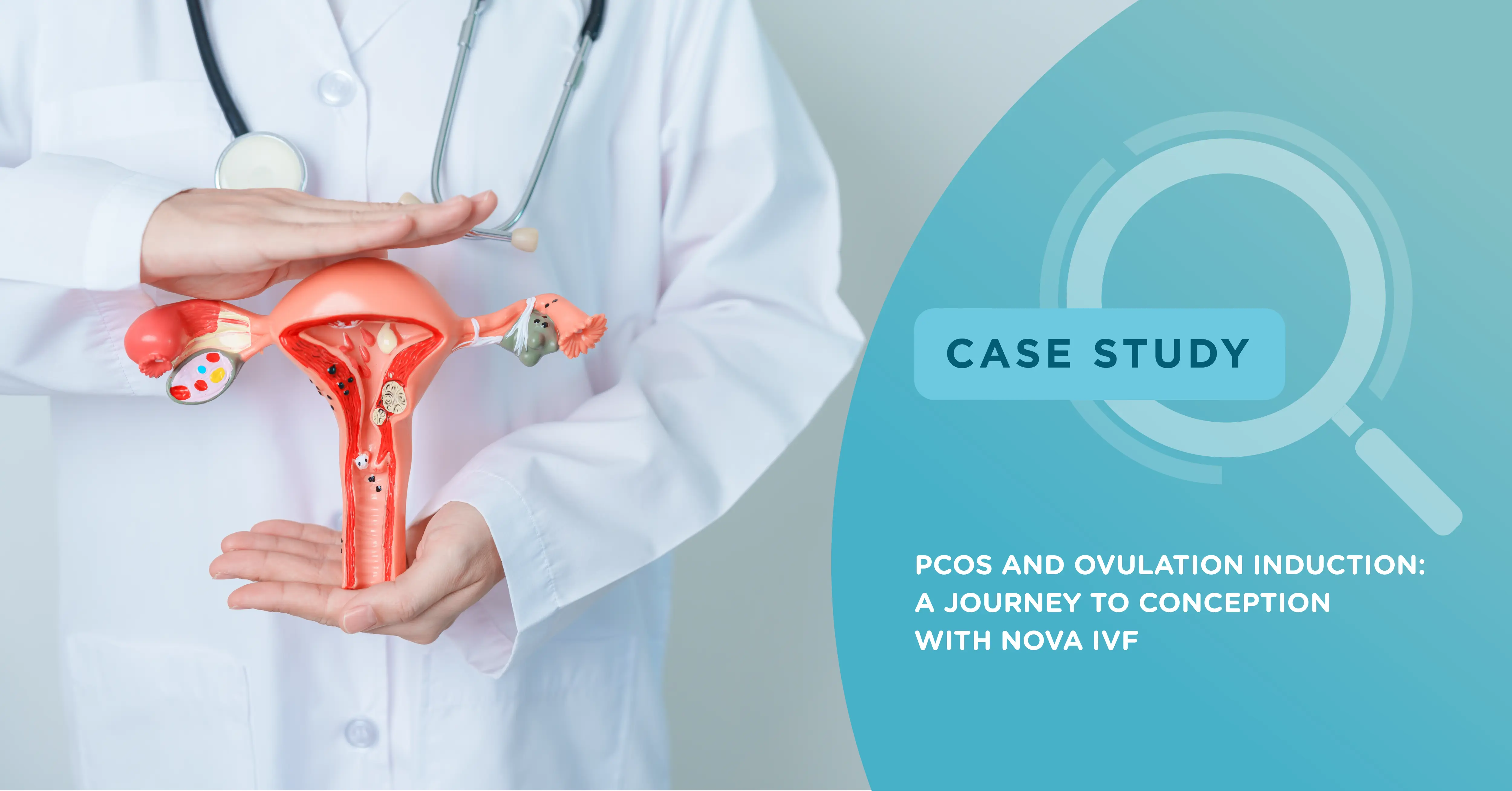
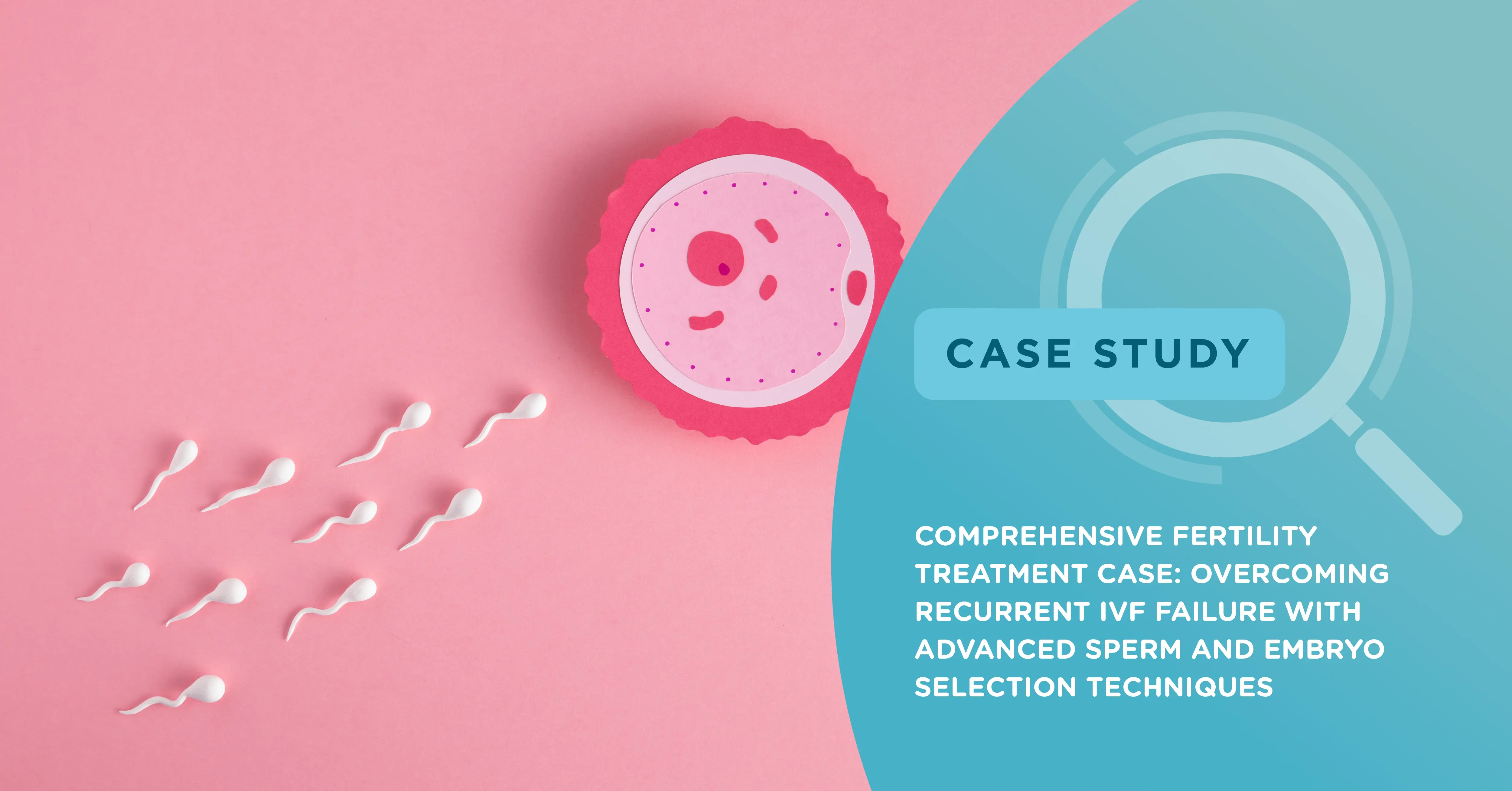
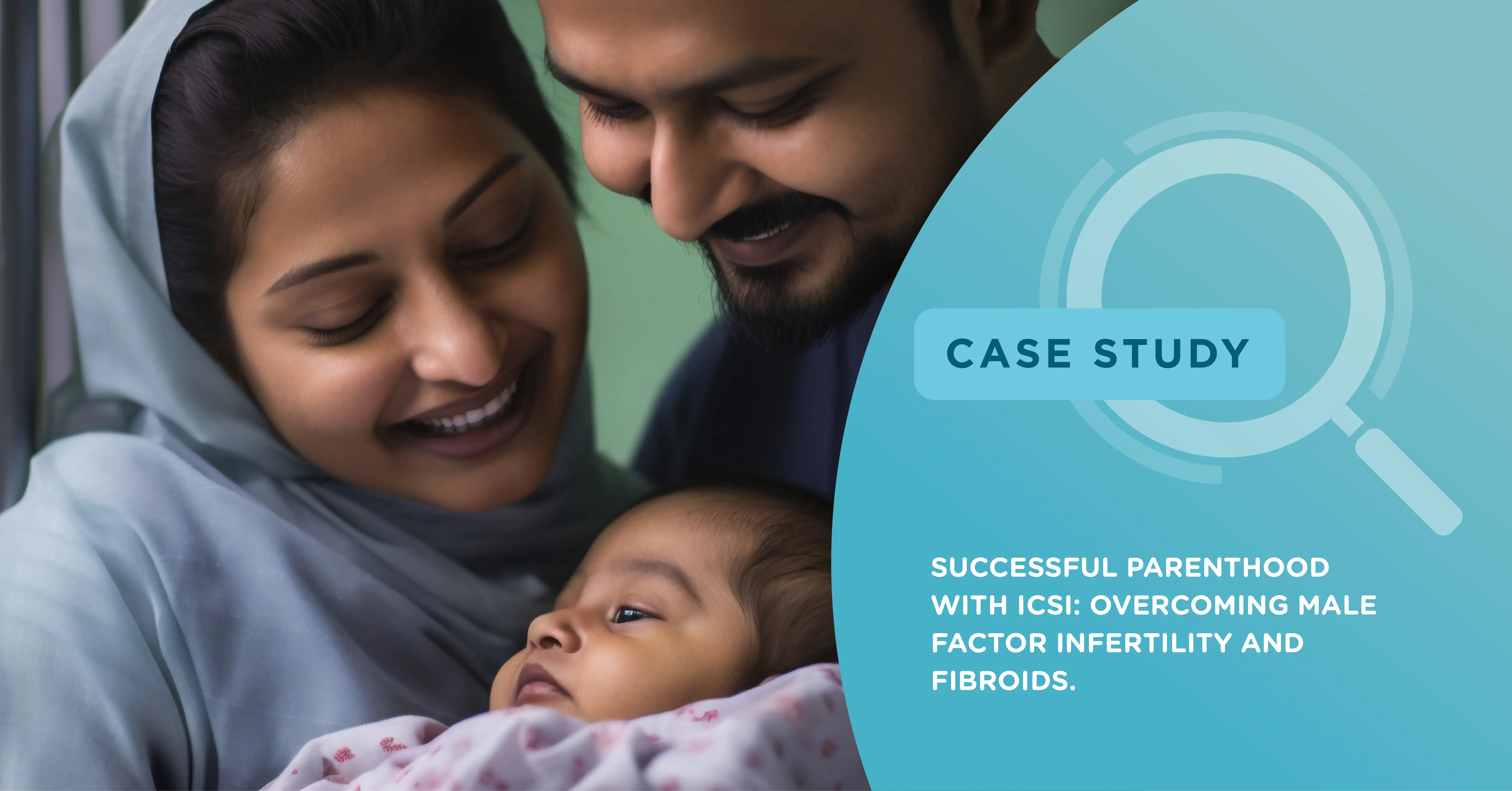
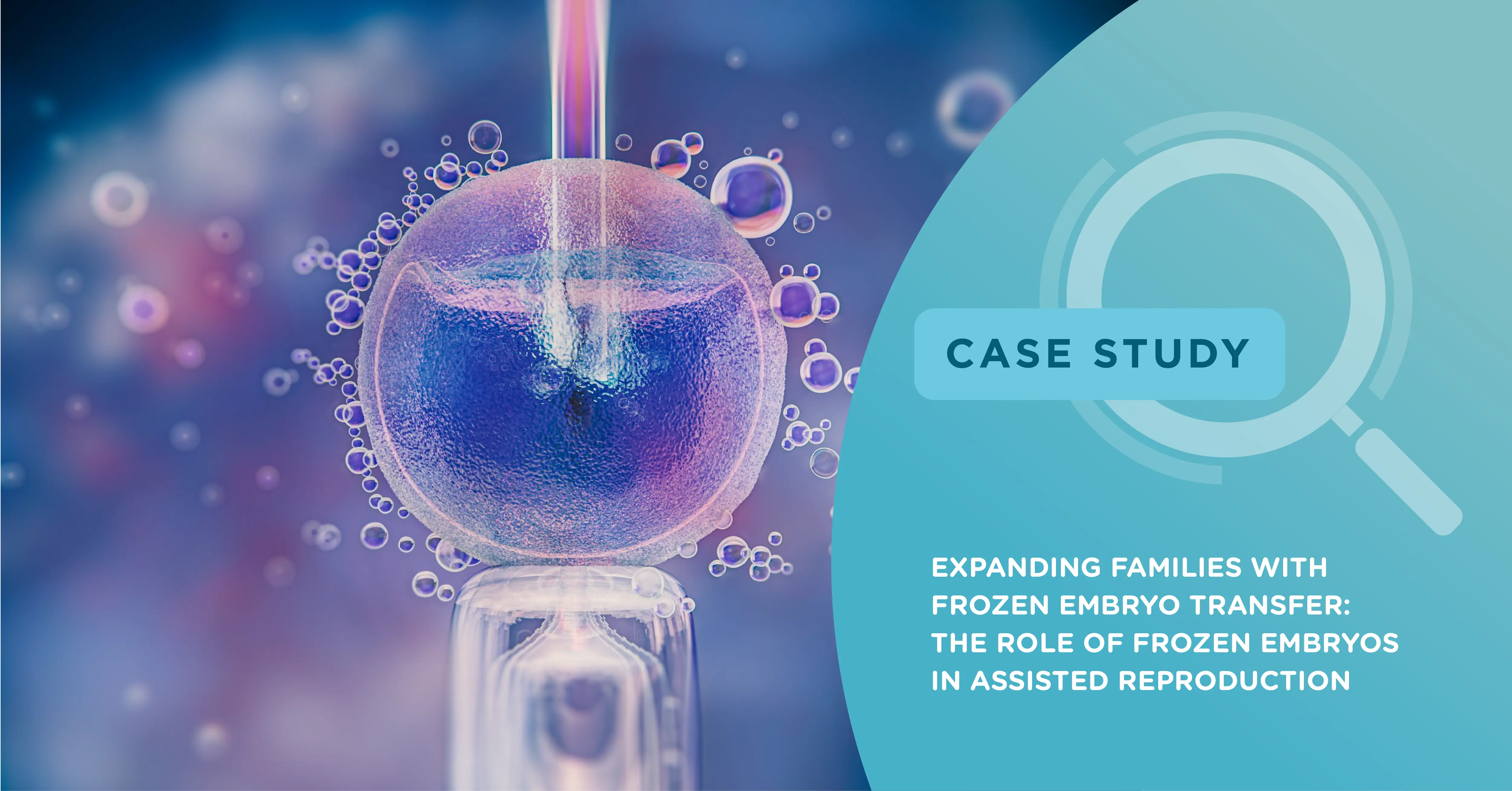

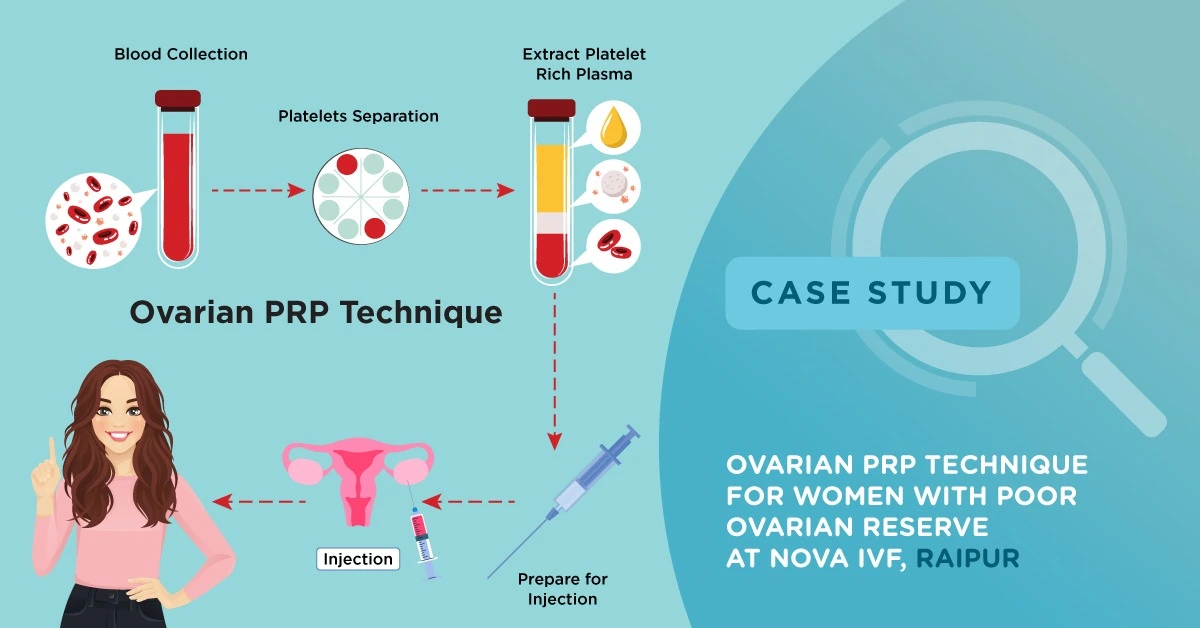
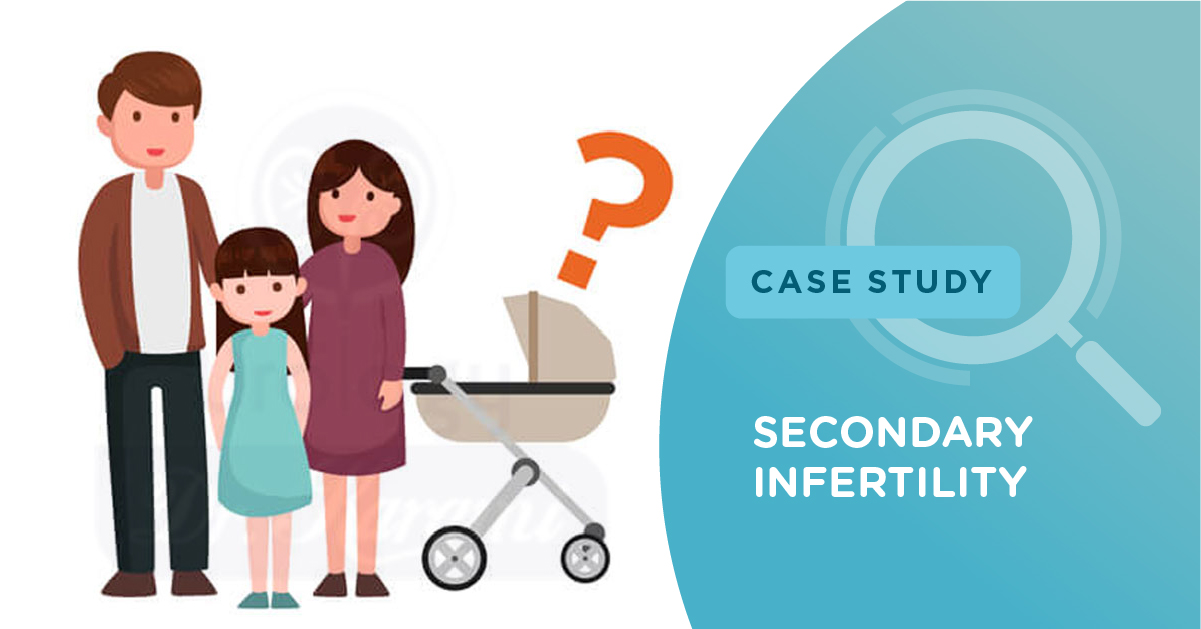
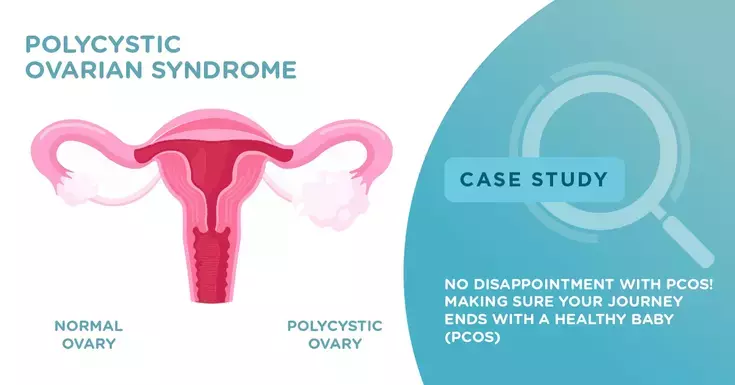






Add new comment